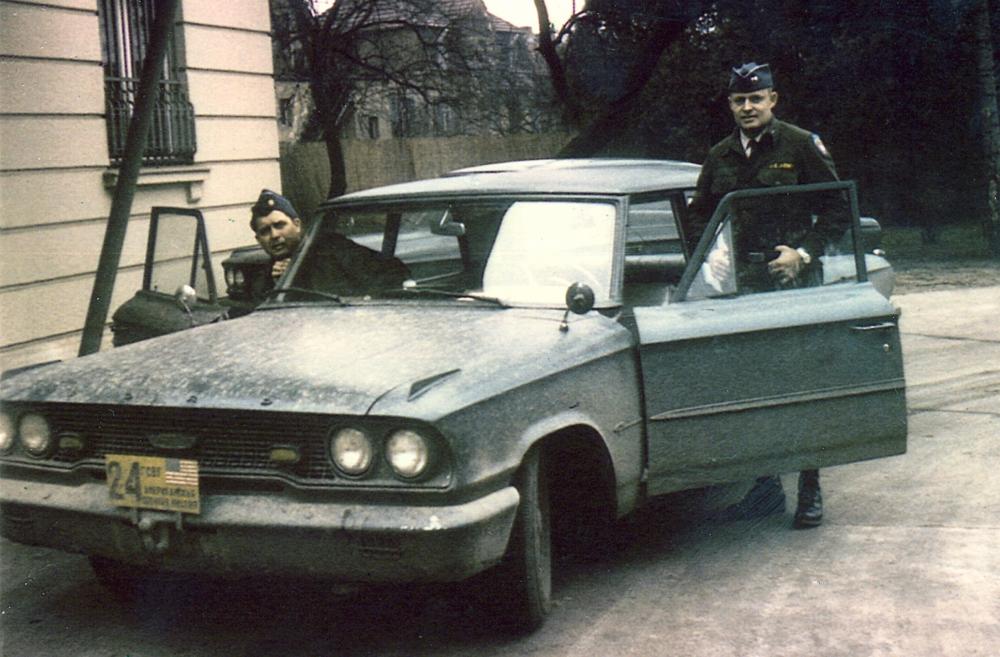Two USMLM personnel prepare for a tour in East Germany in 1964. Photo: US Department of Defense.
The United States Military Liaison Mission (USMLM) was one of the three allied missions that operated in East Germany from 1947 to 1990. The other two missions were the British Commanders’-in-Chief Mission to the Soviet Forces in Germany (BRIXMIS) and the La Mission Militaire Française de Liaison (MMFL). These missions’ main purpose was to liaise between the Western and Soviet occupation forces in Germany.
As result of the agreements made by the Allies at the Potsdam Conference in 1945. Germany was split into four zones, each controlled by one of the Allied powers: the United States, the United Kingdom, France and the Soviet Union. The zones were roughly based on the existing regions of Germany, but with some adjustments to ensure a balance of resources and population.
The division was intended to be temporary, until a peace treaty could be signed, and a democratic government could be established in Germany. However, the Cold War tensions between the Western Allies and the Soviet Union soon made this impossible, and Germany remained divided for more than four decades.
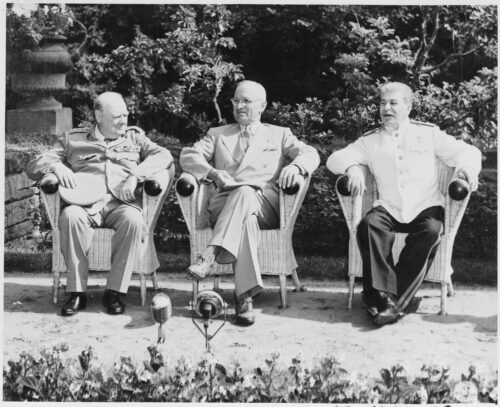
The four occupying power needed liaison groups working between their headquarters to keep track of what was happening in each other’s sector. The British and the Soviets made an agreement in September 1946, and the Americans and the French did the same in April 1947.
The occupation lasted from 1945 to 1949, when the Federal Republic of Germany (West Germany) and the German Democratic Republic (East Germany) were established as separate states. However, the military liaison missions would operate in East and West Germany for the duration of the Cold War.
US Military Liaison Mission
On 5 April 1947, Lt. Gen. Clarence R. Huebner from the US European Command and Colonel-General Mikhail Sergeevich Malinin from the Group of Soviet Occupation Forces in Germany agreed to exchange military liaison missions in their respective zones of Germany. This led to the creation of the United States Military Liaison Mission (USMLM). Personnel from the US Army, Air Force, Navy and Marines served in the USMLM.
The primary mission of the USMLM was originally to carry out responsibilities for liaison between CINCUSAREUR, on behalf of the US Commander in Chief Europe, and CINCGSFG (Group of Soviet Forces, Germany). Although the USMLM was supposed to act as a bridge between the two countries, the mission shifted to gathering intelligence as their relations deteriorated in the late 1940s. The USMLM operated mobile collection teams in East Germany, searching for signs of a possible surprise attack by Soviet Forces or the East German Army.
The gathering of intelligence all the more important during the Berlin crisis of 1959 to 1962 The Berlin crisis was a Cold War conflict between the Soviet Union and the United States concerning the status of the divided German city of Berlin. It resulted from efforts by Soviet leader Nikita Khrushchev to react strongly against American nuclear warheads located in West Germany and build up the prestige of the Soviet satellite state of East Germany. American President Dwight D. Eisenhower mobilized NATO opposition. He was strongly supported by German Chancellor Konrad Adenauer, but Great Britain went along reluctantly. There was never any military action. The result was a continuation of the status quo in Berlin, and a move by Eisenhower and Khrushchev toward détente. The Berlin problem had not disappeared and escalated into a major conflict over building the Berlin Wall.
The crisis unfolded through a war of words, diplomatic negotiations, superpower summits, and military posturing and preparations as East and West argued over the status of Berlin. On 10 November 1958, Khrushchev demanded that the United States and its allies relinquish their occupation roles in Berlin. He also declared that if they did not sign an agreement to this effect within six months, the Soviet Union would no longer honor their postwar agreement and would enter into a separate treaty with East Germany. This ultimatum sparked a three-year crisis over the future of the city of Berlin that culminated in 1961 with the building of the Berlin Wall.
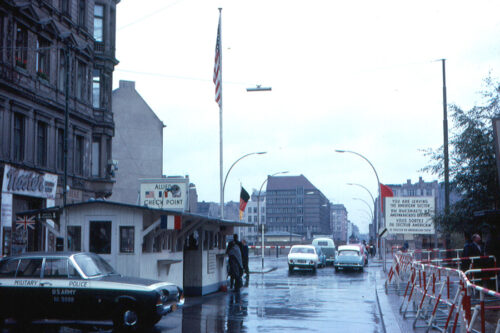
The USMLM members had quasi-diplomatic status and could roam freely in most areas, except for some restricted zones. Using Soviet passes or credentials, the USMLM’s fourteen authorized members could travel almost anywhere, “without escort or supervision,” in and around the Soviet sector of East Germany. The only places they could not enter were “places of disposition of military units.” The teams observed and reported on Soviet or East German military activities, facilities, communications sites, railroad sidings, and any other target of military interest. Up until the late 1970s, the USMLM’s reports were sent to the Defense Intelligence Agency (DIA) or US Army Europe for analysis.
During the 1980s, the USMLM became a forward-based center for human intelligence collection and analysis. USMLM tours had specific targets based on the intelligence needs of national and theater intelligence agencies. They prioritized new or modified military equipment and took documents and equipment left near military facilities for examination. USMLM staff, now with civilian analysts to reduce the impact of frequent military turnover, studied these materials and wrote various reports documenting their findings.
The military liaison missions played a significant role in easing the tensions of the Cold War, even if they did not intend to. They reassured all the countries involved that none of them was planning to start a war. They also informed them about the military capabilities of the other side, which prevented any rash actions that could lead to conflict.
USMLM personnel achieved more specific results as well. They were the main source of most American technical intelligence on Soviet military equipment and the first to spot new Soviet weapons, such as the PT-76 amphibious light tank, SS-21 tactical ballistic missile, and the T-80 gas turbine tank. They also estimated the overall strength and composition of Soviet forces in Germany very accurately and produced an annual Soviet order of battle. Moreover, their analyses of obtained documents focused on the Soviet soldiers’ morale, health, physical treatment, and manning levels, which ultimately showed that Soviet force readiness was much lower than expected. This led to a more realistic and accurate assessment of the Soviet threat than before.
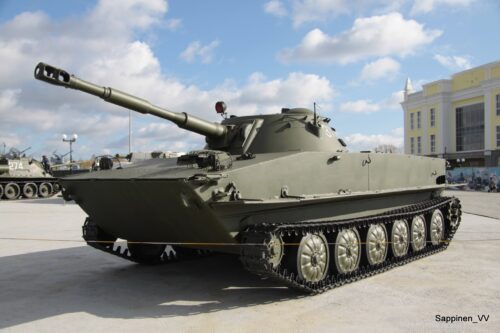
USMLM faced many dangers and challenges in the conduct of its operations. The missions were risky. The Soviet and East German forces occasionally fired at or attacked the mission’s personnel. US Army Major Arthur D. Nicholson Jr. was shot and killed by a Soviet sentry on 24 March 1985, while conducting a routine intelligence-gathering mission near Ludwigslust. He is considered the last victim of the Cold War by the US Department of Defense. The incident worsened Soviet and-American relations but did not halt USMLM activities in East Germany.
The Legacy.
Despite these difficulties, the USMLM played a vital role in maintaining stability and peace in Europe during the Cold War era. The mission provided valuable intelligence on the Soviet and East German military capabilities and intentions, as well as on the political and social developments in East Germany. The mission also helped to prevent misunderstandings and miscalculations that could have led to armed conflicts or crises. The mission also contributed to building trust and dialogue between the two sides of Germany and between NATO and Warsaw Pact countries. The USMLM continued its work until the end of the Cold War. The USMLM was inactivated on 1 October 1990, but remained in its post until 3 October 1990, when Germany was reunified.
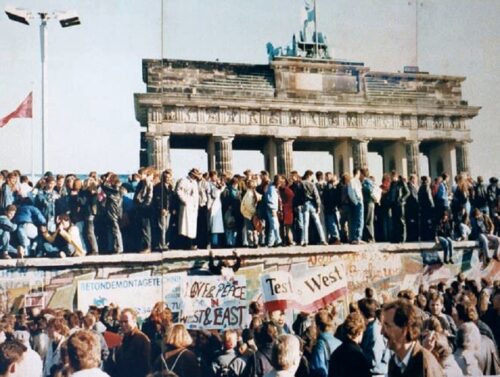
*The views and opinions expressed on this website are solely those of the original authors and contributors. These views and opinions do not necessarily represent those of Spotter Up Magazine, the administrative staff, and/or any/all contributors to this site.
